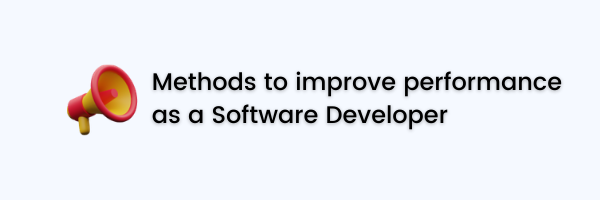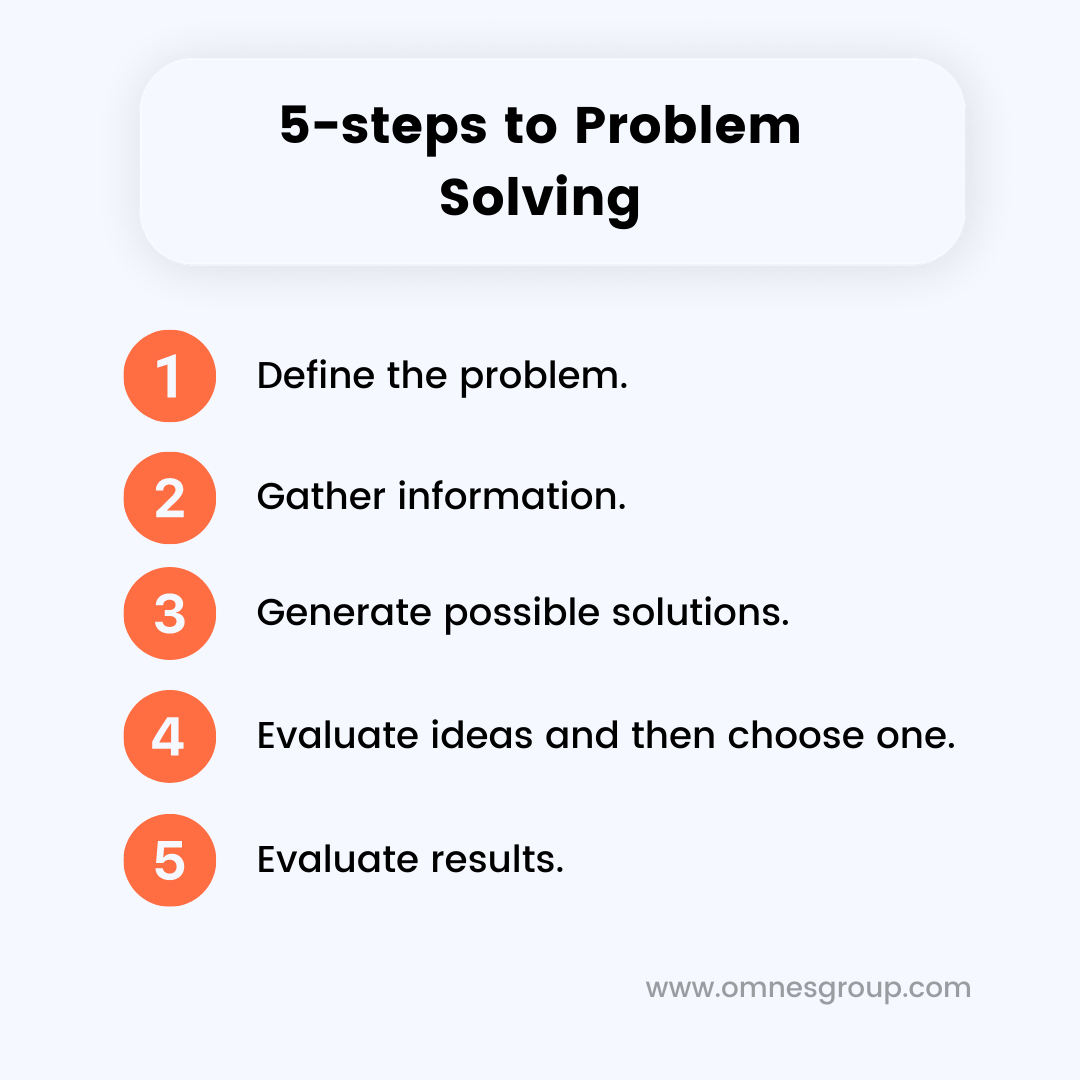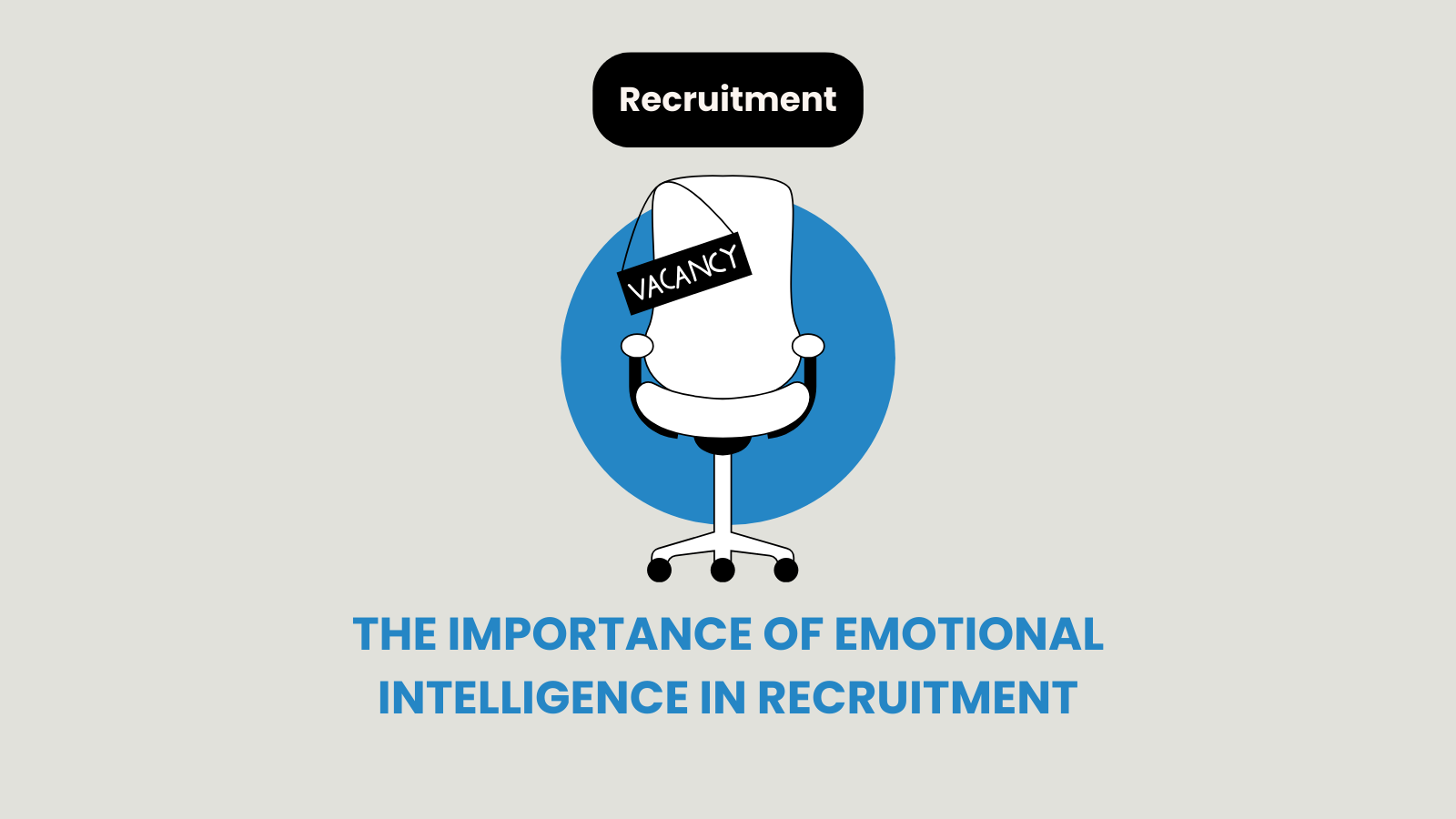It is familiar that in software development, each developer makes a huge difference. Recruiting and hiring exceptional software engineers isn’t all fun and games, and programmer salary ranges are rather high due to the importance of obtaining the top talent when developing a product. A high-performance developer is an unimaginably important part of a team.
Recruiters and tech companies fight over their undivided attention and devotion, and proclaiming today’s market as only highly competitive substantially softens the reality.
What does being a high-performance developer mean
An experienced, high-performance developer is an expert able to get the job done swiftly and effectively. These developers are tremendously productive and easily achieve high quality. They possess deep and broad familiarity with a variety of tech tools.
However, relying on technical experience and knowledge alone does not constitute a high-performance developer. Some personal traits differentiate a great developer from a good one. Communication skills and a positive attitude make the top of the soft-skills list.
Excellent time management is another unavoidable skill developers need to master. And, of course, another notable step towards success – the motivation and willingness to learn and grow.

- Measuring Performance
- Engineering Fundamentals
- Problem-solving Exercises
- Reading code
- Teamwork
- Managing expectations
- Thinking outside the box
- Analytics & Tools
- Learning, retaining & applying knowledge
Measuring Performance
The presence of the essential hard and soft skills is mandatory, and so is the right mindset. Once these skills, aspects, and qualities are alined, measuring performance is a logical step to take.
The most reliable method to evaluate a developer’s performance is to measure their improvement and growth over time. If they continuously assess their progress and make adjustments, different moves, and modifications, their performance is bound to be refined.
Measuring the developers’ performance can be divided into five crucial stages.
- First, one should carefully define a way to measure their performance.
- The next step would be the actual measuring, followed by setting a goal.
- The fourth step is continuing to measure in order to compare the results obtained over time.
- What’s left to do is to come up with the new strategies to ameliorate and test performance.
As for the program’s performance – developers should avoid the guessing game. Performance problems might pop up in a less expected place and at the most inconvenient time. Assuming something is partially correct, but software developers can not afford to rely on their instincts alone. Measuring the performance of software also requires a strategy. Figuring out which performance metrics are the most important to the business is a crucial step, which is why setting a solid benchmark or baseline is inevitable.
Engineering fundamentals
The engineering fundamentals stand for a set of knowledge, skills, rules, and patterns universal for almost all sorts of programming. They’re mainly about recognizing and comprehending the underlying structures, processes, and frameworks. Some of the fundamentals include familiarity with algorithms, isolation, abstraction, or databases.
Disclaimer – all of the above surely looks different in diverse languages, frameworks, and paradigms, but the core logic is rather changeless.
Even so, competent engineers might sometimes lack a real perception of how and why do certain things work in the way they do. These fundamentals become more valuable throughout the developers’ career, and their very purpose becomes more notable once the engineer starts to work on more complex tasks.
Focusing on the stuff labeled as fundamental, or – basic, rudimentary, elemental, primary, or cardinal gets a software developer far from where they started their journey. And yes, it will increase their performance.

Problem-solving exercises
Problem-solving represents the very nucleus of programming. Software developers’ duty is to take in data; they understand the context and formulate the supreme solution. The most critical part of advancing any problem-solving technique is routine, reproduction, and memorizing patterns.
As the majority of excellent yet complicated things do – mastering problem-solving abilities takes time and practice.
How doubtful training one’s brain and tricking it into becoming a better engineer sounds?
Luckily, scientists have confirmed that there are actual exercises to improve one’s ways of thinking. The two principal forms of directing thought and notions are FOCUSED and DIFFUSE thinking. As incredible as it might seem, psychology has our back, and we encourage everyone to search these methods.
If you’re not the type of person who would succumb to introspection and zen-master techniques, you can still improve your focus and problem-solving skills by engaging in some side projects.
Reading other people’s code improves performance.
Taking a peek at the work of others and applying it helps us learn and grow. Analyzing someone else’s work presents you with the possibility to step outside of your code. It helps you to deconstruct and interpret the reasoning in an entirely distinct way.
It is somewhat obscure to isolate your notions from the context you created, but that’s the beauty of it. No one says it should be easy, but it indeed is positive and valuable.
Making a habit of partnering with various team members to review or examine each others’ work could be very beneficial. Formalities are not required. Being willing to exchange thoughts and take a glance at one another’s work is sufficient.
The importance of teamwork for increasing developers’ performance
Being a team player has a tremendous positive impact on basically everything. It raises an individual’s motivation, efforts, and engagement, and it encourages other team members to follow their lead.
Teamwork, a healthy working environment, and efficient collaboration are equally mattering as the capacity to write clean code or solve tricky problems. As a developer proceeds throughout their career path, they operate with different types of teammates.
And to do well at their jobs, they need to discover how to communicate, contribute, and interact with different personalities.
Diversity helps. It encourages personal and professional growth.
Being realistic regarding one’s strengths and deficiencies is crucial for optimising performance.
Not only a developer should be fully aware of their strengths and weaknesses, but they also need to speak up about them. The power and depths or every individual should be a matter of discussion every now and then.
The same goes for potential gaps or struggles. A straightforward communication helps everyone on the team be in the loop and help each other out. Mutual understanding and support enable each developer on the team to grow and optimize their performance through time.
Developers should also acknowledge how their strengths or weaknesses determine their role within their team. Reliability and efficiency are some of the most desirable features a software developer should strive to accomplish.
The hunger for exploring new ideas and expanding creativity might also describe someones’ nature. This kind of passion makes them innovative and unprecedented.
Oddly enough, some studies show that teams usually perform better when one of their members can be classified as a “troublemaker.” Not that we’re the ones promoting this kind of behavior.
Thinking outside the box
Development teams build software that has a specific purpose. It operates under precise conditions, and within a previously determined range of budget. Its users possess a particular level of knowledge or ability.
All of these claims lead to a single conclusion- software is not just a software. It’s, in fact, a solution someone came up with and has carefully built its entire concept around an idea.
The efforts a developer should invest in building a software solution are massive. And those efforts should always be accompanied by an adequate amount of expertise.
The scientific principles of optimizing a program still apply, which is why every programmer should understand them. The greatest challenge is to see and interpret the bigger picture.
Optimization does not lie solely in the code. Developers need to understand the architecture of the entire system. They have to figure out how services talk to each other, how the database is reached, and how concurrent consumers read messages.
All of this demands a progressive way of viewing things, gathered experience, and a penetrating mind.

Analytics and tools
Curiosity might or might not have killed the Schroedinger’s cat, but in terms of exploring the world of digital tools and assets – it’s safe to say no one is in grave danger. On the contrary. There’s a whole online universe of possibilities for learners.
Developers can maximize their mastery and performance by reading books, articles, and blog posts. Others choose online courses or short tutorials.
Also, numerous tools keep the company and provide support to developers at work. Frequent tests and analyses are always required. Helping yourself by exploring the possibilities an online ally can offer increases the chances of optimizing overall performance.
Learning, retaining and applying knowledge
Each learning process is profitable and leads to some results. However, some strategies pay off more than others. One of the most advantageous learning methods is interleaving. It implies mixing multiple subjects, practices, or topics. This learning mechanism can help developers recall obtained information.
Whichever learning trick feels the most natural to you – go for it. Keeping your skills up to date as a developer is far-reaching.
Once you have gained new, useful insights, do not hesitate to share them with colleagues. Understanding a complex problem sufficiently to describe it to someone takes you to an entirely new level. Frequent repetition of specific tasks and knowledge makes forgetting practically impossible. It eases the learning curve.




